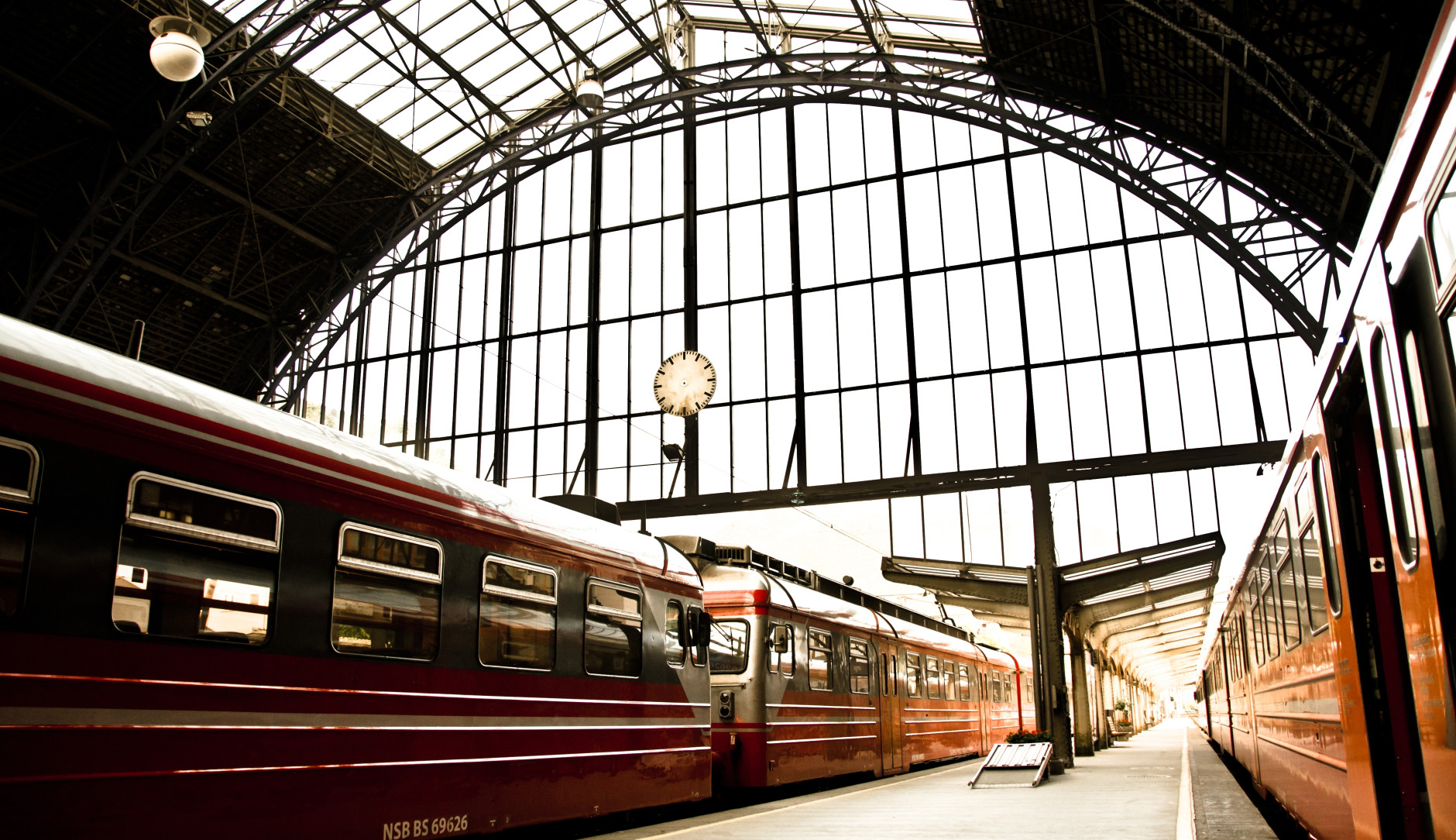This Initiative Makes International Train Travel More Comfortable And Affordable
Interview with Member of the Dutch Parliament Marieke Koekkoek (Volt).

You’re at Utrecht Central Station. You open an app, choose a destination—Paris, Berlin, or maybe Barcelona—and within a few clicks, you’ve got a ticket. It sounds like a vision of the future, but according to Volt Member of Parliament Marieke Koekkoek, it’s achievable.
With her policy proposal, Alle seinen op Groen (All Signals to Green), she aims to make international train travel more appealing. “It’s about making trains not only the greener choice but also the cheapest and most comfortable one.”
One app, one ticket
International train travel can sometimes feel like a rollercoaster. One delay quickly triggers a chain reaction of missed connections. Additionally, each railway company has its own rules, booking system, and pricing. According to Marieke Koekkoek, this complexity is unnecessary. “Why do we have a Skyscanner for flights but not for trains? Technologically, it’s entirely possible. The problem is that companies don’t want to share their data.”
The solution? Governments should require that this data be made accessible. Then all train data can be integrated into one app. This transparency will foster more competition and more attractive prices. “With support from Europe, we can make this happen quickly.”
Faster from city to city
In addition to convenience, train speed must also improve, Marieke argues. “To achieve this, we need fewer stops on international routes. For example, we could significantly shorten the travel time between Amsterdam and Berlin.”
Marieke cites the example of trains to Poland. “Too many transfers and a complicated border crossing between Germany and Poland make trains impractical. For a work visit with our party, we had to choose a twelve-hour car ride because the train journey would have taken over twenty hours. Such long travel times simply don’t fit into work schedules.”
But speed comes at a price. Some stations, such as Hengelo, would need to be skipped to improve flow. “These are tough choices, but they are essential to make trains more attractive.”
A level playing field
The next hurdle: expensive tickets. Partly, this is due to unfair competition. “Did you know that airlines don’t pay VAT or fuel taxes? Meanwhile, trains pay VAT and even tolls,” Marieke explains. Additionally, the costs of border controls are unevenly distributed: at Schiphol Airport, the government covers the cost of the Royal Netherlands Marechaussee, while the Eurostar has to bear its customs costs. “That’s indefensible.”
“Nearly everyone agrees: the polluter should pay,” says Marieke. “But the current reality is the opposite. The sustainable alternative foots the bill.”
Concretely: What can be done now?
According to Marieke, there’s a lot we can tackle by 2025. “A European ticketing system is one of the quickest improvements we can make,” she says. “The technical solutions are already available. Now it’s up to politics to make decisions and provide travelers with the long-awaited all-in-one travel app. That clarity makes train travel more comfortable.”
Train speeds in the Netherlands can also be improved in the short term. “In the Netherlands, high-speed trains are still being slowed down due to outdated safety systems. We’re testing the new system in Zeeland. If successful, we can use existing lines more efficiently and shorten travel times.”
“Finally, we can immediately create space for more operators on the tracks, such as seasonal night trains to popular destinations. In the winter, take the train to the Alps; in the summer, to Barcelona. With the right choices, we can make a big difference within a few years. Let’s start today.”